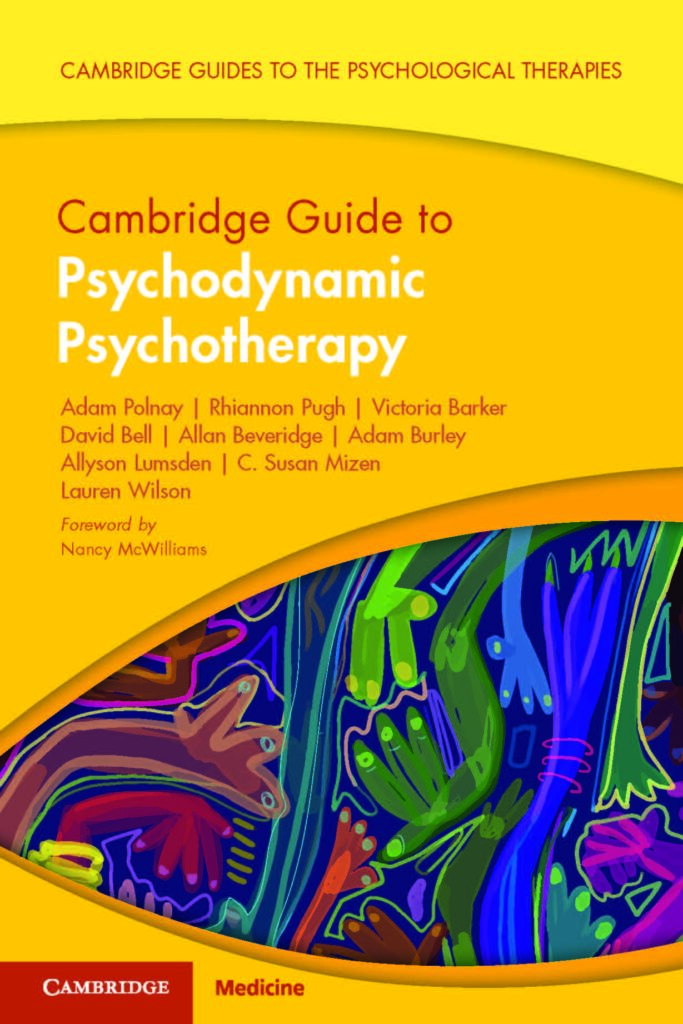
When a therapist listens to a patient in psychotherapy, this is a bit like listening to music. With music, we listen to musical notes but also to the tone, rhythm, the themes that emerge, the changes in mood, and the silences. Furthermore, even with songs in a foreign language when we don’t understand the words at all, we may pick up the emotion through how we are affected by the music. The music may, for example, make us feel sad, or hopeful, yearning, confused, sleepy, or afraid. Likewise in therapy, listening closely to another involves not only paying attention to the words the patient says, but also to what is conveyed through various layers of communication. What themes, images or characters emerge? What are the moods and colours? What are the patient’s facial expressions and body posture? Furthermore, how does the person make us feel?
It’s the tone that makes the music. As a child, my attention was caught by this proverb. As I think is the case for many children coming to understand proverbs, it took me a good while to figure out the meaning of this one. This particular phrase tends to be delivered in a rather stern tone of voice, the emotion of which can eclipse – but ironically also illustrate – the more consciously intended moral meaning. Either way, I did eventually come to understand that our tone – of voice, body and emotion – can carry something quite different to the words we say.
The neuroscience of this phenomenon is interesting. Gwen Adshead, psychiatrist and psychotherapist writes, “An individual who experiences a strong emotion is able to transmit that experience to others (and vice versa).” A class of nerve cells in the brain, referred to as mirror neurons, “fire when another’s emotional experience is witnessed.” Mirror neurons activate in a comparable pattern either when we experience a particular emotion ourselves or if we observe someone else experience the same emotion. We may not consciously observe the other person’s emotional state; we may feel it as our own. Adshead continues, “The closer the emotional tie, the more pronounced the experience: we do feel the pain of others, especially those with whom we are in close relationships.”
Within a patient-therapist relationship, the therapist therefore listens both outward to the patient and inward to himself. In Raiding the Inarticulate (2007), the psychoanalyst Michael Parsons compares this kind of listening to the process of responding to a poem being read out loud. Whilst paying attention to the words is important, if we can allow the reading to affect us, we may find ourselves exploring the inside world of the poem through the sounds, scenes, associations and feelings that arise in our own minds. All these sources are necessary to take in the emotional tones and meanings of a poem, or the state of mind of a person in therapy.
Of course, the therapist’s inner responses to a patient will to some degree depend on the therapist’s own personal life. This is one reason why psychodynamic therapists are in therapy themselves during training. Personal therapy for the therapist helps to try and disentangle where feelings are coming from – the patient, the therapist, or an interaction between the two.
Human relationships go beyond communicating single emotions, or pure tones, to stay with the musical metaphor. We – therapists and non-therapists – may be able to notice what position we are unconsciously invited into by another person; that is, what role we get hooked on, or resonate with. For example, if a friend is telling us about feeling put upon by colleagues at work, we might get caught up in the story and experience an impulse to take up a role as an ally or advocate. Or perhaps something about the way the story is told means we end up feeling that the situation is hopeless and we find ourselves drifting away and losing focus. If this friend frequently brings out the latter response in those around him, he may come to feel uncared for by others and alone with his difficulties. These momentary but at the same time powerful interpersonal tones may be able to be picked up in psychodynamic therapy and held long enough to begin to make sense. These are largely automatic (unconscious) processes that have deep roots; so it may be apparent that change via this kind of therapeutic process takes time, can be unsettling, and requires much working through.
Here is a brief scene from therapy, to illustrate:
Aaron came for his first therapy session. He was sitting very still in the waiting room. His quiet, spindly figure and leather jacket blended in with the spider plants and magazines. We walked together along the corridor to my clinic room, and I felt at ease. On entering my room, the music completely changed. Aaron’s movements became awkward, and he scanned all around him. He worried about where he should sit and apologised about hanging up his jacket on the pegs on the back of the door. I was put in mind of that feeling when you can’t settle in bed in the middle of the night. When Aaron sat down, he started talking and the atmosphere instantly returned to the apparent ease of the waiting room and corridor.
Aaron felt awkward and ill at ease as to where to put his jacket, but this didn’t remotely occur to him as a subject for discussion during the session. Something of Aaron’s key difficulties were, however, observable and palpable through the changes in the music of that first session. As the sessions unfolded over some months, the dynamics of that opening scene were useful for understanding the difficulties that brought him into therapy and for the subsequent process of working things through. With the support of the therapist’s close listening, Aaron was gradually able to tune into these dynamics and to put words around his central issues – his deep sense of never really belonging anywhere, and a complicated early life which included being adopted as a young baby.
A colleague recently said to me, “We don’t realise when we’re not listening. We only realise we haven’t been listening when we start listening again.” Close listening does, indeed, require a certain intention and effort. However, if we try too hard, as when a musician gets too tense, we cannot play (be responsive, surprised, nimble). So, we – therapists and non-therapists – may find it freeing if we can combine directed attention to the other person with a receptive state of mind that is open to play and discovery. This way we can listen to the content of what is being said whilst being free enough to respond to the tone. Not to mention the undertones . . .
In our book, Cambridge Guide to Psychodynamic Psychotherapy, we expand on these and other themes.

Title: Cambridge Guide to Psychodynamic Psychotherapy
Authors: Adam Polnay, Rhiannon Pugh, Victoria Barker, David Bell, Allan Beveridge, Adam Burley, Allyson Lumsden, C. Susan Mizen and Dr. Lauren Wilson
ISBN: 9781009108508
Latest Comments
Have your say!